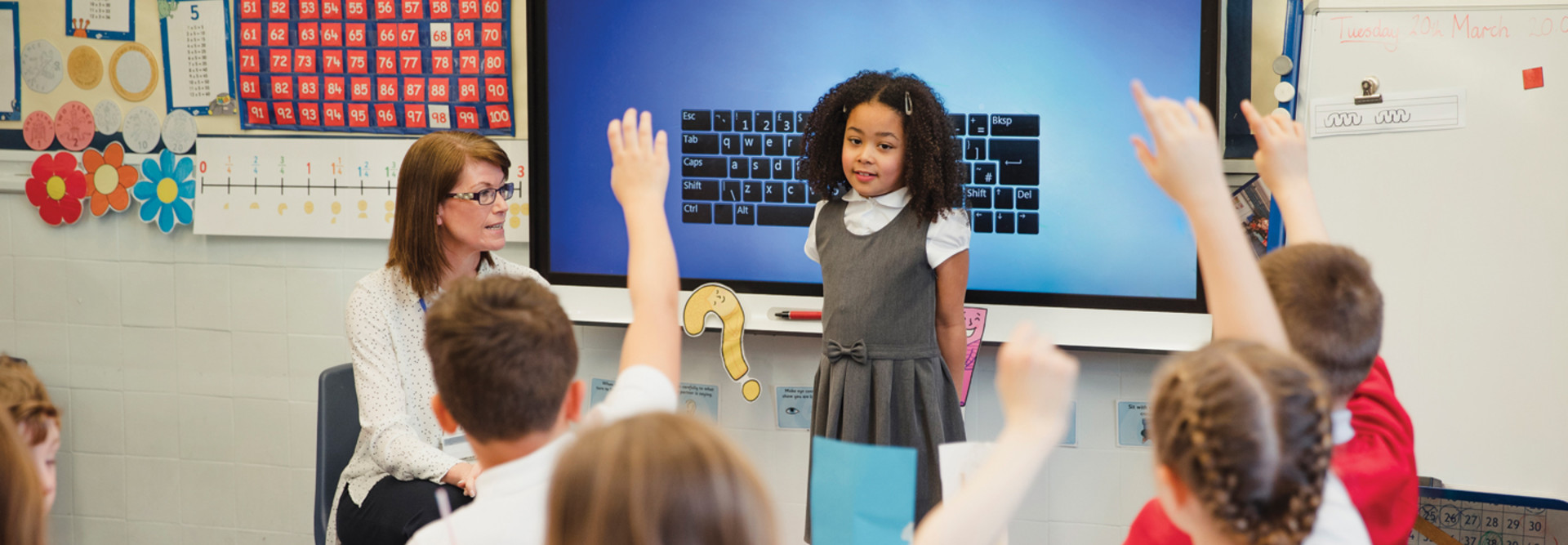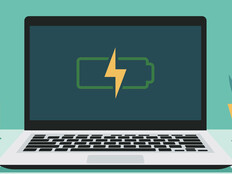Virtual and augmented reality, Flood says, is a growing use case in education. For most AR and VR experiences, students use a connected device and a headset. Students are also increasingly using wearables in schools, specifically in health and physical education classes to track students’ activity, heart rate and other wellness data.
Josh Harris, director of educational technology at Alisal Union School District in California, cites Symphony Classroom by Merlyn Mind, the first digital assistant built specifically for education, as one of the most promising examples of IoT in the classroom.
Harris, who says he hopes to pilot the technology in his own district, describes Symphony Classroom as a “computer chauffeur to drive your classroom while you’re actually out among your students.”
Ted Bartnik, learning environment adviser for classroom transformation at CDW, says Merlyn Mind has pushed 300 devices to school districts already. Thanks to its internet connection, the classroom assistant allows teachers to advance slides, play a video, search the internet and more from anywhere in the classroom.
The voice-activated device also includes a remote that functions as an air mouse.
“I think this is the first device that untethers the teacher,” Bartnik says. “We all know more effective teaching happens when you’re in front of students.”
READ MORE: This digital assistant for education supports teachers in the classroom.
Teachers who have used the digital assistant found it saved a lot of time in their daily teaching. Bartnik says if it typically takes about 16 steps for a teacher to begin teaching, with Merlyn Mind, that drops to about four.
Schools also use IoT devices for coding, computer science and robotics, Harris says. Some devices — such as Ozobot — teach students coding, which they then use to program what the robots do.
Although less widespread, Harris also calls out 3D printing as an up-and-coming IoT tool for classrooms. At Alisal USD, a kindergarten teacher uses a 3D printer to make his own letter and number cubes that support student learning.
Flood says the popularity of drones, which need a constant connection to a network, is beginning to grow, and more educational programs are teaching students how to build, manage and fly them.
How District Leaders Can Incorporate IoT into School Operations
IoT also supports school transportation, says Flood. With more schools adding Wi-Fi to buses, districts can use the technology to track fleets via GPS and receive alerts to a potential breakdown or delay. IoT extends to the school bus engine as well, predicting when parts are expected to fail and helping school districts schedule preventive maintenance and repairs.
“A lot more of that is coming in the future, more intelligence for things we consider very simple,” Flood says.
That includes classroom clocks and lighting systems.
In today’s modern districts, clocks are frequently internet-connected devices that sync with a global clock to ensure school bells ring on time. IoT lighting systems can be programmed to shut off at certain times of the day, increasing a district’s operational efficiency.
DISCOVER: What do K–12 teams need to know about green IT?
Flood says IoT also shows promise in strengthening school safety, including on-campus security via radio-frequency ID badges for student and staff identification, and systems that automatically lock school doors.
Additionally, IoT can help school nutrition professionals ensure food is stored at proper temperatures, preventing food spoilage, which can make students ill.
IoT Continues to Evolve in K–12 Education
Harris admits that not all IoT is living up to its promise — in or out of the classroom. “I do think AI in education, in the next 20 years, can present us with huge leaps,” he says. “I think things are being promised right now that are not living up.”
In particular, Harris points to IoT-enabled reading programs that may not be accurately assessing students’ skills and to some operational technology that doesn’t take actual human experience into account, such as smart temperature controls.











